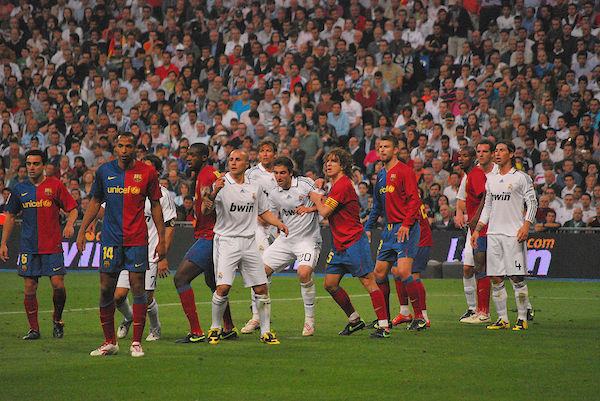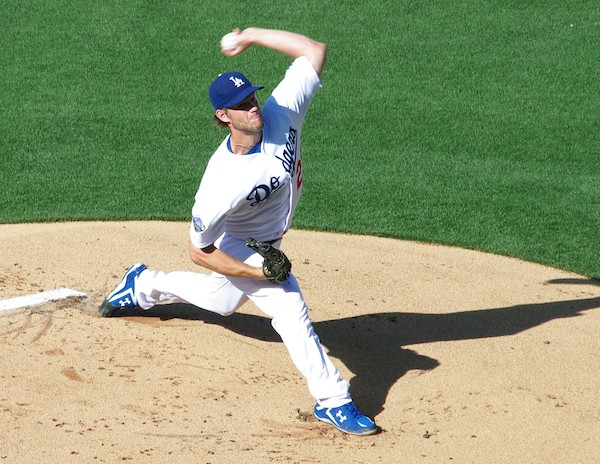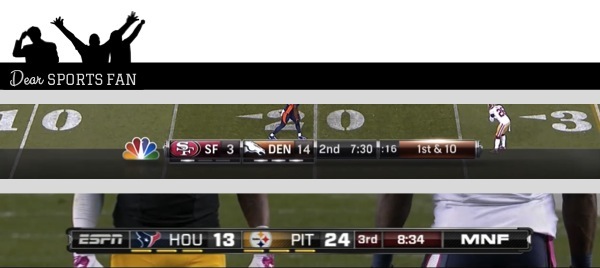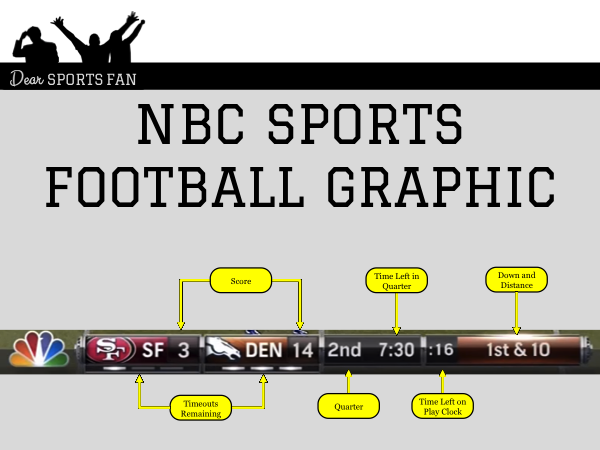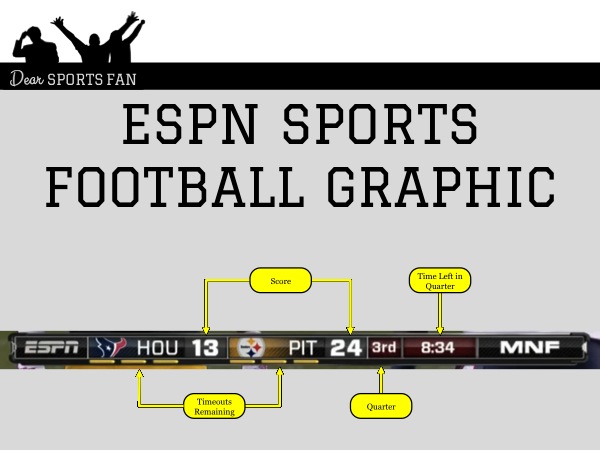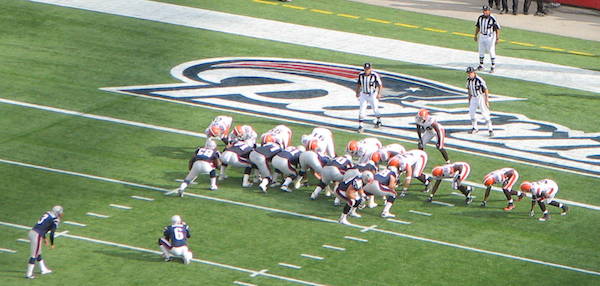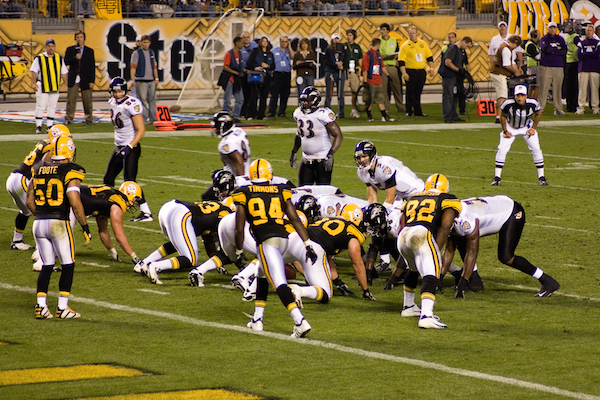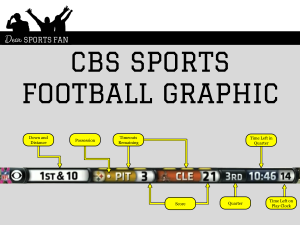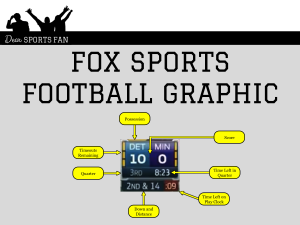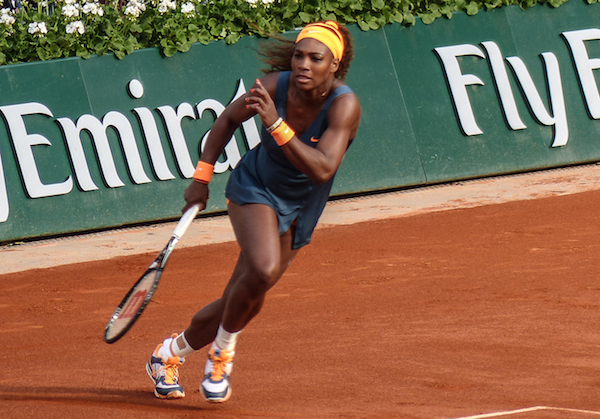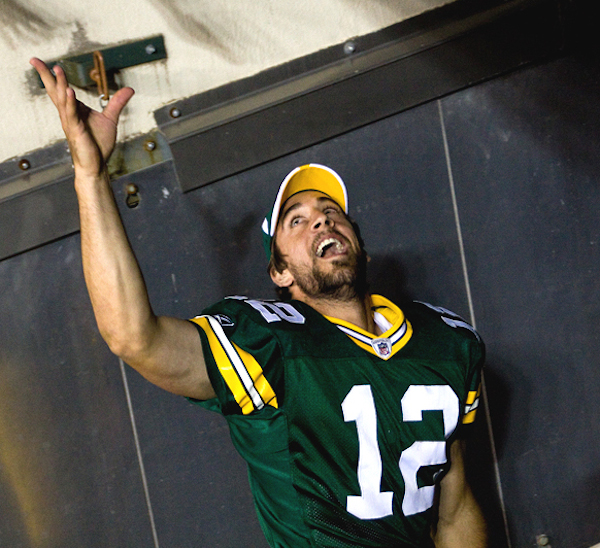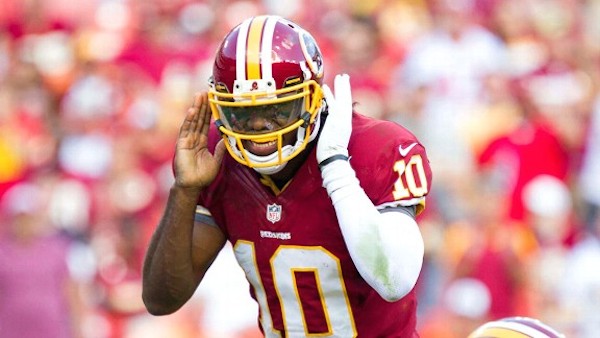Dear Sports Fan,
What is El Clasico? It seems like it’s a big deal!
Thanks,
Evan
Dear Evan,
You’re 100% right. El Clasico is a big deal. It’s an extremely big deal.
El Clasico is the name given to any game between Real Madrid Club de Futbol and Barcelona Futbol Club. It’s an explosive mix of regional and cultural rivalry and shockingly talented soccer players that gets ignited a few times a year. To give a sense of the proportions of the game, the March 2014 edition of El Clasico was viewed by an international television audience of 400 million. That’s more than twice the international audience for the Super Bowl, which, just a month before, drew a paltry 167 million viewers. The best players in El Clasico are predictably the best players in the world. According to The Guardian, “for the last 18 years, every winner of the Fifa World Player award, now merged with the Ballon d’Or, has played for Madrid or Barcelona at some stage of their career.” The whole thing, incredible players, gobs of money, tons of viewers around the world, is driven by an intense conflict within Spain that is viewed through a lens of Madrid against Barcelona and specifically, Real Madrid vs. Barcelona.
So, what is the rivalry all about? Barcelona is the center of Catalonian culture. The Catalan are an autonomous community within Spain. Catalan people can trace their culture’s history back to at least the 10th century. They speak a different language from the rest of Spain and close to half in the region would like to secede from Spain all together. When the fascist Francisco Franco came to power in 1939, squeezing the Catalonian culture out of existence was one of his priorities. He banned use of the Catalan language as well as any kind of cultural or political expression of Catalan culture. By no means were the people of Madrid all fascists or supporters of Franco but, Franco was a supporter of Madrid and of Real Madrid specifically. He even went so far as to meddle in which team got to sign the legendary Argentinian player Alfredo di Stefano. Madrid was the center of what Franco thought of as the standard Spanish language and culture, Castillian. Because of this association and history, Barcelona has always seen Madrid as the enemy, and visa-versa, if to a lesser extent. In World Soccer Talk’s article on El Clasico, they express the current situation like this:
Today, Real Madrid, in their all-white uniform, still represents a pure and united Spain. In contrast, FC Barcelona proudly bestows the Catalan flag (the only flag one sees in Catalonia) on their jerseys as a memorial of their continuous struggle for an independent state.
Sometimes, to really understand something like this, you’ve got to go full-on scholarly. Here’s a passage from Duke University’s excellent resource on El Clasico:
Rivalry, which is more than the sum of one team’s players versus another’s, serves to pit one codified regional social identity against another. If there are any tensions between the peoples represented, then the match becomes “ritual sublimation of war, eleven men in shorts are the sword of the neighborhood, the city or the nation.”[vii] And there are plenty of tensions between Barcelona and Madrid, none of which fail to be manifested in their epic rivalry. As Guilianotti explains “the football dyad at club level… [becomes] an exterior site in which ethno-nationalist tensions are symbolized and expressed.” Barcelona, synonymous with Catalonian nationalism, “displays a richer luster in confrontations with Real Madrid (the team of Castile and Franco).”[viii] Notions of Barcelona’s resistance to Castilian authority as well as General Franco are fundamental aspects of their abhorrence of Madrid:
“Twice Castile tried to subjugate the city (and the region), dismantling its institutions and outlawing its language, Catalan. The last attempt, by Franco, ended with his death in 1975.”[ix]
Tensions between the Spanish state, seated in Madrid, Castilian in language and origin, and the desires of many Catalonians for self-governance remain hotly debated political issues, a veritable powder-keg waiting to be ignited upon the soccer pitch.
This year’s game will be played on Saturday, October 25, at noon ET on beIN SPORTS. The headliners for Real Madrid are best player in the world candidate 1A, Cristiano Ronaldo, Columbian break-out star from the World Cup, James Rodriguez, and German Toni Kroos, who many said was the best player for the German team that won the World Cup. Barcelona will roll out a lineup featuring best player in the world candidate 1B, Lionel Messi, Brazilian wunderkind, Neymar, as well as Barcelona legends Xavi and Iniesta. Just to add a little spice to an already eye-popping mix, Uruguayan striker/cannibal Luis Suarez will be eligible to play in his first game since the World Cup biting incident. If you decide to watch, you’ll be joining almost half a billion of your fellow humans in doing so.
Thanks,
Ezra Fischer

